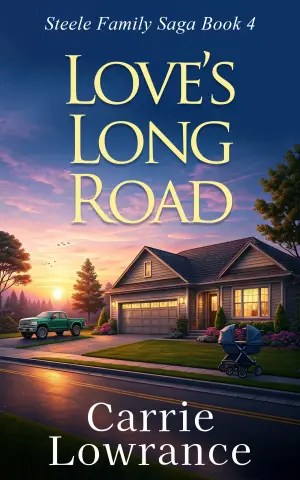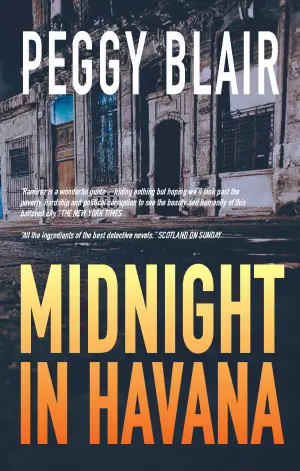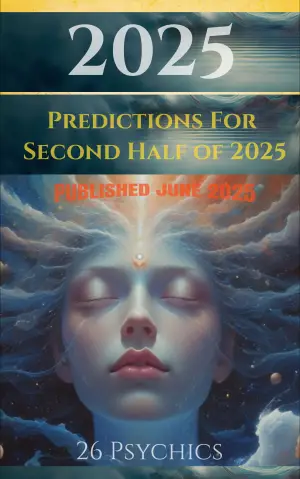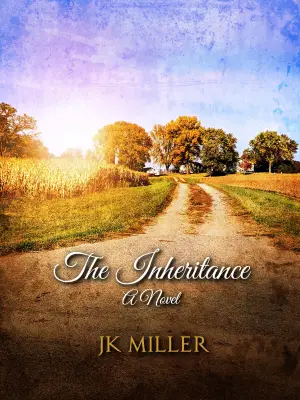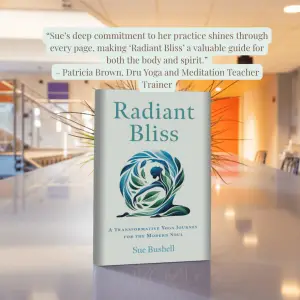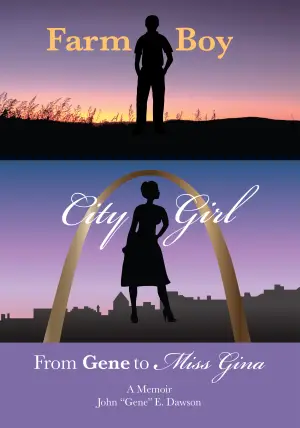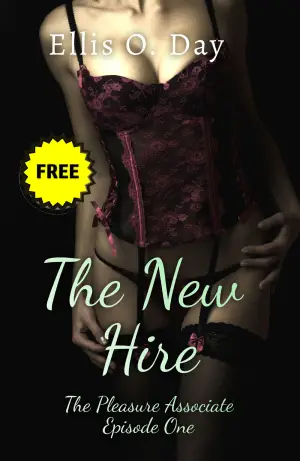The Nightingale: A Dance of Frustration and Disappointment
As a book blogger, I’m often drawn to narratives that explore the depths of human emotion, especially within the rich backdrop of history. Kristin Hannah’s The Nightingale seemed to promise a poignant tale set during World War II, centered around the resilience and bravery of two sisters in Nazi-occupied France. How could I resist diving into a story that blended historical significance with personal struggles? Little did I know, my expectations would lead me down a path of unforeseen frustration.
At its core, The Nightingale aims to explore themes of love, sacrifice, and survival amid the horrors of war. The two sisters, Vianne and Isabelle, are portrayed as polar opposites: the protective motherly figure and the reckless rebel. Unfortunately, what could have been a compelling exploration of sisterhood often felt overshadowed by a convoluted plot and problematic character development. It was as if the author, perhaps enamored with the romance of her narrative, lost sight of the depth these characters could have achieved in such dire circumstances.
The pacing often felt uneven, swinging between rushed plot points and drawn-out descriptions that lacked substance. As I flipped through the pages, I found myself grappling with the various inconsistencies in character arcs — moments where characters seemed to forget their own motivations or histories. It left me feeling somewhat detached, struggling to connect with their experiences. I’d find myself chuckling at absurdities: characters sharing precious jewels while others were supposedly starving, and a garden that seemed more like a sprawling farm, defying all logic.
I can’t help but echo my reading companions: “How did you enjoy this book?” The prose, while occasionally lyrical, fell into repetitive phrases that seemed to dance in circles rather than illuminate the heart of the story. One particular line stands out: “Beauty, even amidst destruction.” It left me thinking — is beauty really the narrative’s crutch? Why must we emphasize physical beauty in a context where resilience and intelligence should take center stage?
The framework of how refugees and poverty are depicted also troubled me. The descriptions felt both fantastical and callous, often reducing the complex issues of war to mere set pieces against a predictable love story. It’s distressing when the author seems to emphasize appearance over the weight of survival and sacrifice during wartime.
Despite my grievances, there is a spark of bravery that shines through — a tribute to the real-life heroines like Andrée De Jongh, who fought valiantly during the war. But in its romanticized portrayal, The Nightingale inadvertently diminishes that strength by favoring the allure of romance over the sincerity of true heroism.
For readers seeking a historical drama that intertwines sisterhood with romance, this book may still hold some appeal. However, for those of us who crave authenticity and nuanced storytelling, you might find yourself yearning for a deeper exploration of the themes the novel champions.
In conclusion, while The Nightingale had the potential to be a rich tapestry of human experience, it ultimately felt more like a bitterly charming cocktail that left an aftertaste of disappointment. If anything, this book serves as a reminder that sometimes, our most anticipated reads can turn into lessons in critique and reflection. Happy reading, everyone!

